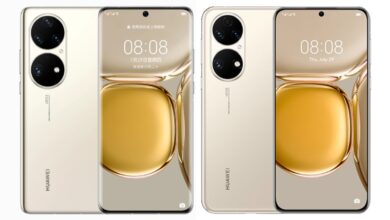Check These Iconic Images Of Galaxies Captured By Hubble Telescope

Over the years, the Hubble Space Telescope has captured some breathtaking images of the cosmos, giving us a peek into a world many of us will not have even imagined. From capturing stunning galaxies hundreds of light-years away to noticing the quiet, undramatic passage of planets by Earth, Hubble has been our eyes in space. To celebrate its achievements, NASA regularly shares some of the images that the telescope has captured so far as part of its “Flashback Friday” series.
This week’s images showed “iconic Hubble images” that captured disks of dust fueling black holes at the centers of galaxies.
According to the Hubble site, the first image showed a giant disk of cold gas dust fueling a black hole at the center of an elliptical galaxy, named NGC 4261, which is located around 100 million light-years away in the constellation Virgo.
Astronomers estimate the disk is about 300 light-years wide and it tipped about 60 degrees to give a clear view of its bright core, where the black hole lies. The dusty disk has a cold outer region and it feeds matter into the black hole. The gravity there then compresses and heats the material. The image was taken at visible wavelengths with the Wide Field /Planetary Camera in PC mode and released in November 1992.
Hubble, until now the most powerful observatory in space, was launched in 1990. Since then, it has captured more than 1.3 million images. “Hubble and other NASA missions continue to teach us more about these fascinating cosmic objects,” NASA said in the post.
However, Hubble is now more than 30 years old and needs to be rested. NASA has sent a $10 billion observatory, the James Webb Space Telescope, to space to reduce the workload on the Hubble. It is currently undergoing deployment and is expected to begin science operations by summer this year.
,






